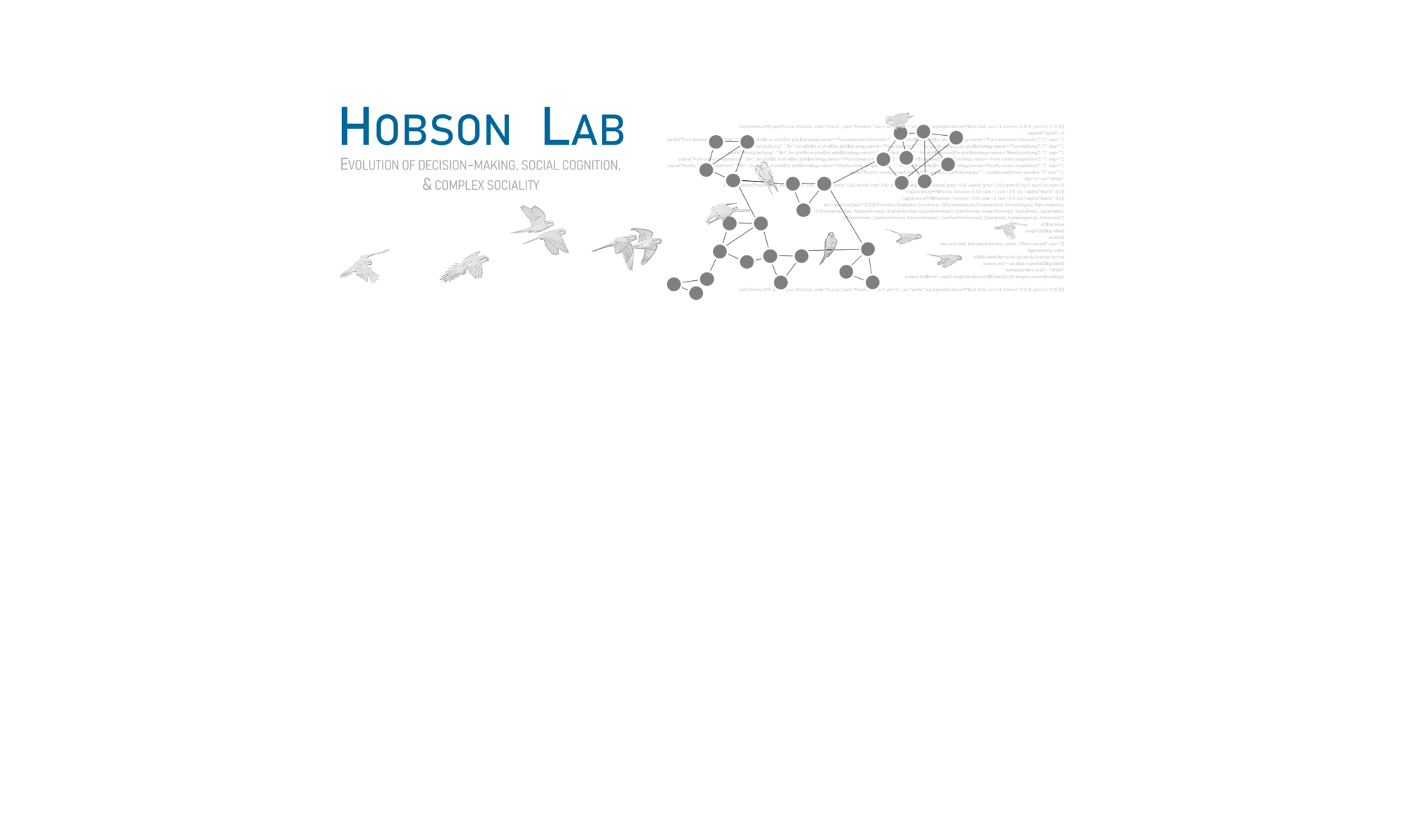Our paper on reference models for social network analysis was just published! This paper was the result of a great workshop at NIMBioS and involved a lot of consensus-building and critical thinking about how we infer patterns from social network data.
The entire team was absolutely lovely to work with: the paper was co-lead-authored by Matt Silk, along with the co-authors Nina Fefferman, Dan Larremore, Puck Rombach, Saray Shai, and Noa Pinter-Wollman.

You can view the open-access paper here.
Abstract
Analysing social networks is challenging. Key features of relational data require the use of non-standard statistical methods such as developing system-specific null, or reference, models that randomize one or more components of the observed data. Here we review a variety of randomization procedures that generate reference models for social network analysis. Reference models provide an expectation for hypothesis testing when analysing network data. We outline the key stages in producing an effective reference model and detail four approaches for generating reference distributions: permutation, resampling, sampling from a distribution, and generative models. We highlight when each type of approach would be appropriate and note potential pitfalls for researchers to avoid. Throughout, we illustrate our points with examples from a simulated social system. Our aim is to provide social network researchers with a deeper understanding of analytical approaches to enhance their confidence when tailoring reference models to specific research questions.
Conclusions
- We provide an overview of the process and caveats of using reference models when analysing social networks. We detail common approaches to generating reference distributions that increase in level of abstraction with respect to the observed data set.
- We highlight the strengths and weaknesses of each approach, drawing attention to common pitfalls that can arise when using them.
- Our goal is to provide a guide for researchers using social network analysis for hypothesis testing in diverse study systems. We anticipate that our overview will help researchers appreciate the similarities and differences between different analytic approaches better and also encourage greater confidence in designing appropriate reference models for their research questions.
- Our key message is that the construction of reference models should depend closely on both the research question and study system and that the use of generic approaches applied without careful evaluation as to their suitability can lead to incorrect inferences.
Impact





